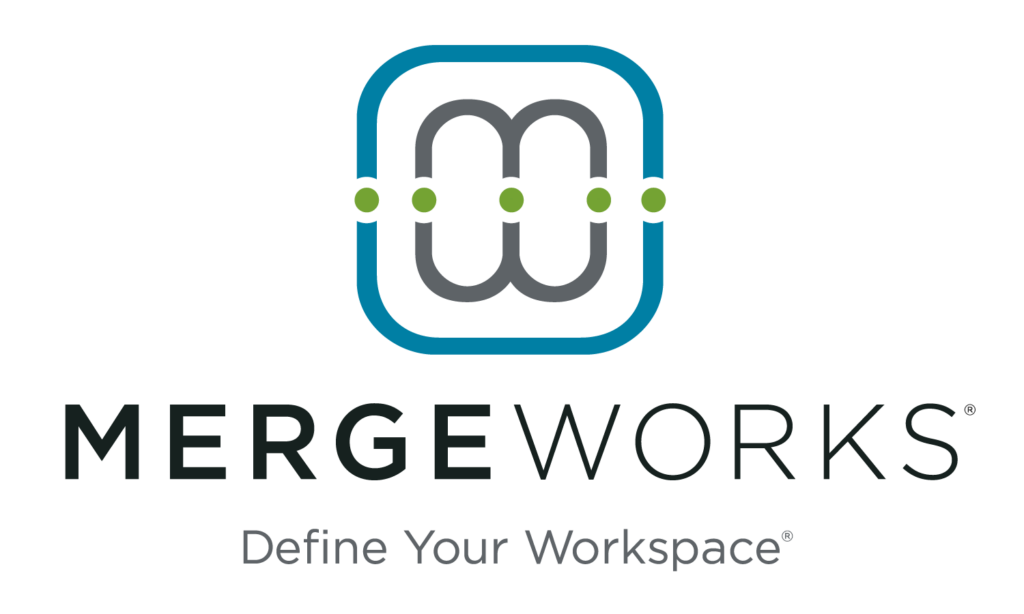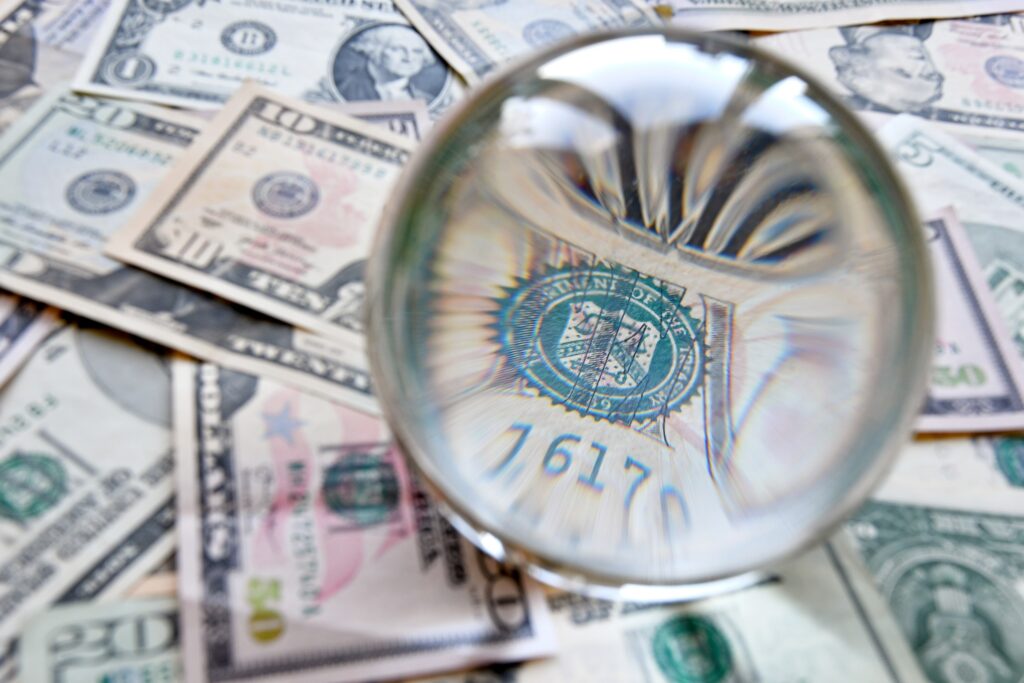What do $600, $5,000, and $10,000 have in common? They’re specific payment amounts to a person or business that can trigger IRS reporting requirements. Ignore those triggers, and someone (either the payee or the recipient, depending on the trigger) could face steep penalties or even criminal charges.
The $600 Trigger
This Form 1099 reporting threshold isn’t new to traditional business owners and freelancers. Form 1099-NEC for nonemployee compensation kicks in at $600 for payments to independent contractors. New this year, however, is a $600 tax threshold for 1099-K reporting. During the pandemic, the gig economy turned to credit card services and peer-to-peer payment apps, including Venmo and PayPal, as an easy way to receive payments. Only the IRS noticed that it wasn’t getting a cut of many of those third-party transactions. So, it dramatically lowered the threshold for reporting from $20,000 and 200 transactions for the year to $600 and no minimum number of transactions.
The $5,000 Trigger
This trigger is a lesser-known part of the Bank Secrecy Act that requires banks and similar institutions to report large deposits or withdrawals. The standard trigger for this reporting is $10,000, but the institutions are tasked with reporting activity starting at a total of $5,000 if the banking activity seems suspicious. The most common way this threshold is triggered is when an individual is suspected of structuring payments, which means large transactions are broken up into smaller deposits or withdrawals either at one or across several institutions. This reporting requirement is helpful for most of us: It can help identify when a bank account has been compromised. But it’s a different story for those trying to hide income sources or illegal payments.
The $10,000 Trigger
Once you reach that $10,000 cash payment level, the IRS expects you (the business owner) to report it ASAP by filing Form 8300 within 15 days of receiving the threshold payment. Even small payments from the same person or business spanning a year can trigger this requirement. It’s a common requirement for jewelry, furniture, boat, aircraft, automobile, art, rug, and antique dealers. Attorneys, real estate brokers, insurance companies, and travel agents are also no strangers to Form 8300. The longstanding law is now used to sniff out cannabis and crypto-based transactions in addition to real estate investment transactions, used-car purchases, bribery, and other activities.
These triggers don’t automatically signal to the IRS that something dishonest is occurring, but it does give them a reason to look closer and ask questions. If your transactions exceed any of these thresholds, be sure to talk to your tax advisor about reporting requirements and be diligent about recordkeeping to prove your case if needed. Feel free to contact us with questions.

























